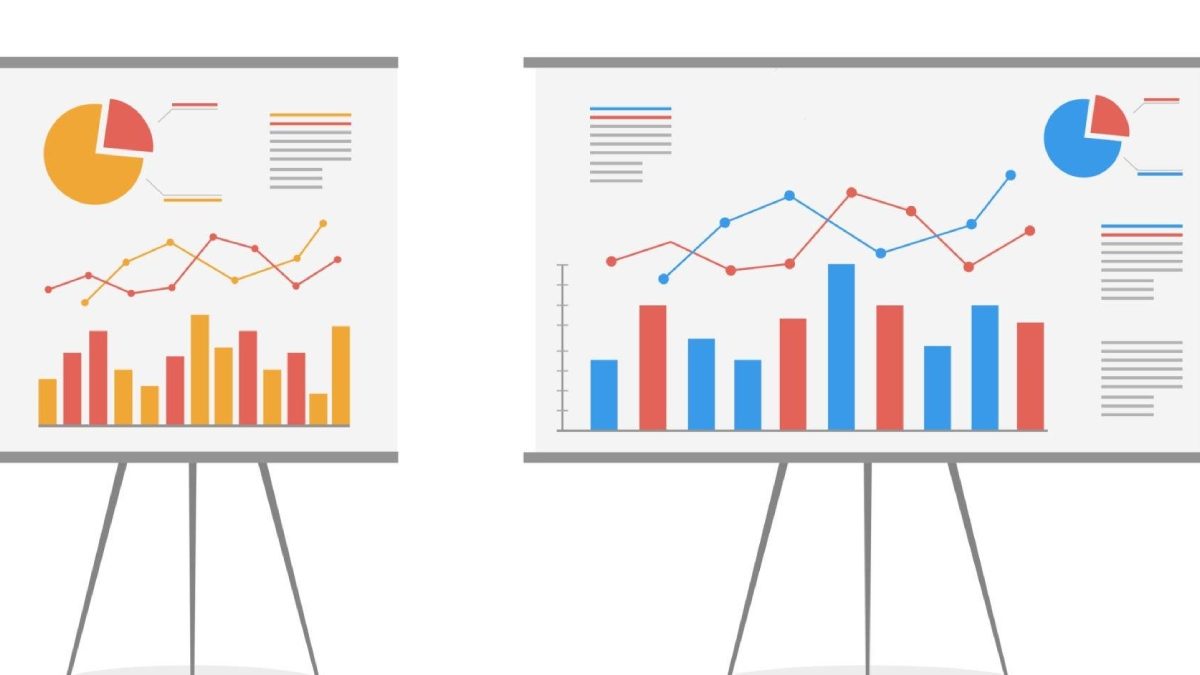GraphX – The most recent Spark component is GraphX. It may represent a variety of data structures because it is a directed multigraph, which implies it has both edges and vertices. Each vertex and edge also has corresponding characteristics related to them. Apache Spark also includes a GraphX API for graphs and computing in parallel with graphs. It includes a collection of graph algorithms and builders to make graph analytics work easier.
Moreover, it adds a Resilient Distributed Property Graph to the Spark RDD. The property graph is a directed multigraph. It has numerous parallel edges. Every vertex and edge in this case has user-defined characteristics attached to it. Parallel edges also provide various connections between the same vertices.
Table of Contents
GraphX Analytics What is it?

The graph databases must speak for Graph Analytics if we are discussing them. To study the graph, graph analytics are necessary. The edges represent the connections between the system’s various entities, which are representing by the nodes. The pairwise correlation between system users and objects is modelled using graph analytics. After defining graphs and graph analytics, it is vital to clarify how the two are made up.
GraphX Operators
Similar to how RDDs have a set of fundamental operations like map and filter, property graphs likewise have a set of fundamental operators. These operators create new graphs from user-defined functions. They are also creating with alter characteristics and structures. Certain fundamental operators specified in GraphX have optimised implementations. While some useful operators in GraphOps are express as combinations of the main operators. GraphOps Scala operators, however, are always accessible as members of Graph.
To Launch GraphX
GraphX is immediately launch and a local path is create when the parent accessory receives a command to enter graphics mode (ESC Za for OS 1100 MAPPER graphics only). The remaining graphics orders (those that come after the
Large-Scale Graph Analytics Using GraphX

With the help of the GraphX project, users can define a complete graph analytics pipeline within a single system by combining graphs and tables. Large distributed graphs are simple to construct, query, and compute on thanks to the GraphX interactive API. A expanding library of graph algorithms for various analytics tasks is also includ in GraphX. GraphX is able to achieve performance on par with specialist graph processing systems while exposing a more flexible API by recasting recent developments in graph processing systems as distributed join optimizations. GraphX is able to accomplish fault-tolerance while maintaining in-memory performance and without the requirement for explicit checkpoint recovery by building on top of recent developments in data-parallel systems.
Is Graphx Widely Use For?

There are 495 downloads of the graphx Python package every week in total. Hence, graphx’s popularity was deemin to be of restrict scope. To view the whole health analysis, go to the popularity area of Snyk Advisor. Let’s look at an illustration of how to analyse the social graph of people on a social network using Spark GraphX. First, we need some user information. In this example, we’ll use two TSV (data separated by tabs) files: the first one contains user metadata and is a simple tuple of the form user id->user login (I made up those user names for educational purposes), and the second one contains user connections. The first number in the row is the user’s id, and the rest are connections for that user.
Spark Apache Spark uses the GraphX library to create graphs. An RDD of vertices and edges or a graph schema can be use to define the graph data structure. The edges show relationships between entities, while the vertices are labels for the various entities.
Many algorithms, including PageRank, linked components, shortest path, and triangle counting, are supported by GraphX. Other helpful tools like distributed large-scale machine learning, graph summarization, etc. are also included.
Processing Graphs Gsing GraphX

The GraphX system proposes to combine computing on graphs and tables by condensing typical operations in a graph-specific system into an universal data flow architecture. It was necessary to harness or modify the data processed as collections in the generic data flow architecture to see them as a graph (without duplication or data movement). The addition of graph processing to the Spark eco-system was another driving factor in the decision to implement the entire data analytics pipeline on a single platform.
The goal behind GraphX is to combine table and graph views in the library on top of a single physical computation made available by Spark Dataflow Framework, allowing a single system to serve the full pipeline quickly and effectively.
For example, the PageRank method (10 iterations) on the Live-Journal Graph takes 1340 seconds on Hadoop, whereas it can be computing in 22 seconds on GraphLab. It is not practical to just abandon the graph-specialized systems and do everything in Hadoop. As a result, Hadoop is 60X slower than GraphLab. On Spark, it completes in 354 seconds.
Conclusion
The most recent Spark component is GraphX. It may represent a variety of data structures because it is a directed multigraph. Which implies it has both edges and vertices. Each vertex and edge also has corresponding characteristics related to them.

